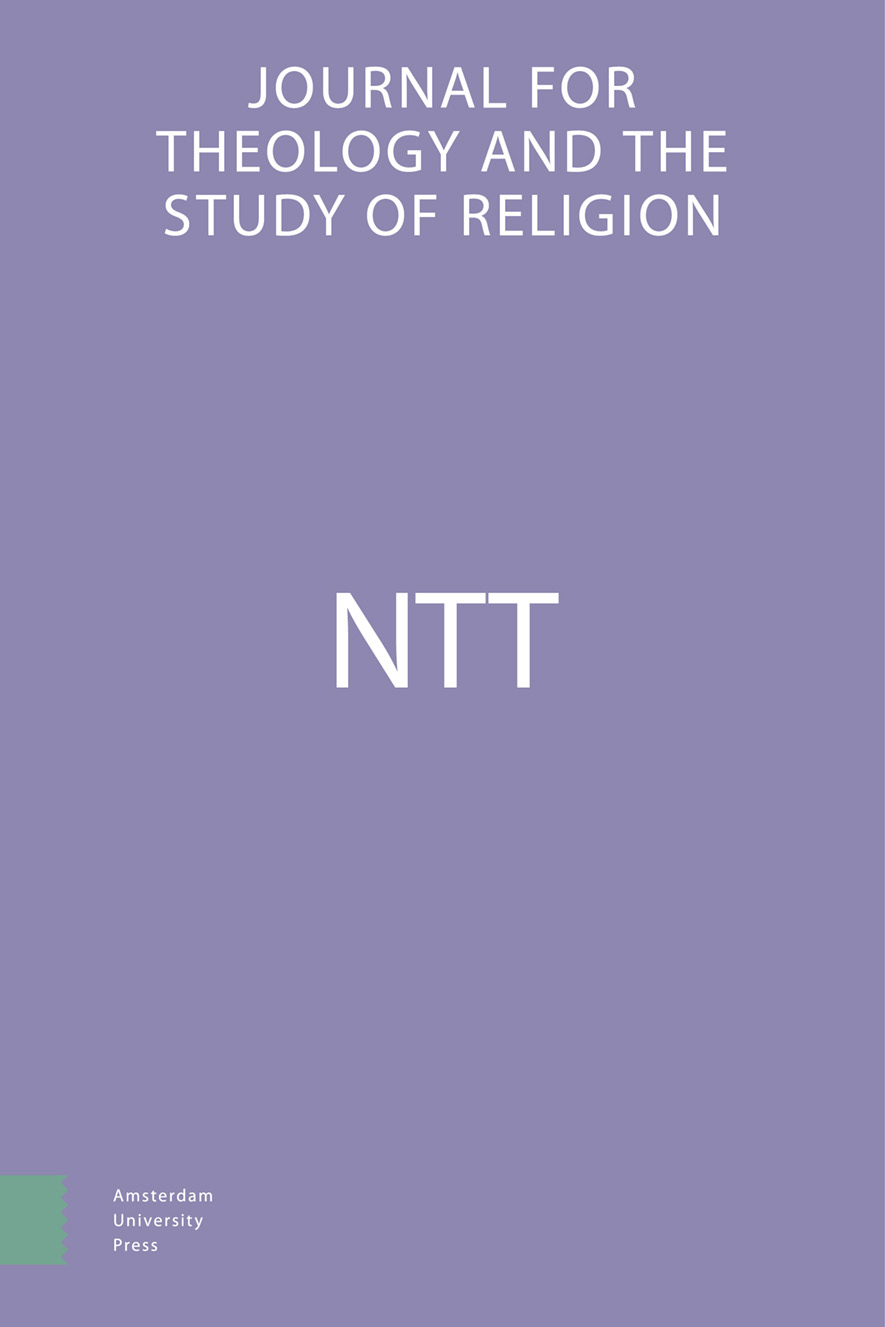-
oa ΑΝΟΙΞΑΣ - ΑΝΑΠΤΥΞ ΑΣ
Over de vaststelling van de tekst van Lukas 4,17 in het Diatessaron
- Amsterdam University Press
- Source: NTT Journal for Theology and the Study of Religion, Volume 40, Issue 1, Jan 1986, p. 199 - 208
-
- 01 Jan 1986
Abstract
The usual rendering of Luke 4,17a, ‘when he had opened the book’ in English versions, since Tyndale and the King James version, is quite remarkable, as it was based on texts which read ‘when he had unrolled the book’. Both verbs, however, are present in textual tradition. The reading ‘opened’ is predominant in early Egyptian (Alexandrian) and Syriac witnesses, whereas the verb ‘unrolled’ occurs in some early Alexandrian texts, in the Caesarean textual tradition and in the Byzantine recension. The purpose of this contribution was not to solve this difficult textual problem, although the author is convinced that internal and linguistic arguments (§6) seem to favour the reading ‘opened’ (with N25, against N26 and GNT3). The main issue of this contribution was to establish the reading of the Diatessaron. The apparatus of GNT3 included the Diatessaron (or at least the Arabic version of it) among the witnesses for the reading ‘unrolled’. A brief examination of the Arabic Diatessaron and of the western Diatessaron witnesses resulted in the conclusion that the early Syriac Diatessaron and (probably also) the early Latin Diatessaron supported the reading ‘opened’.


